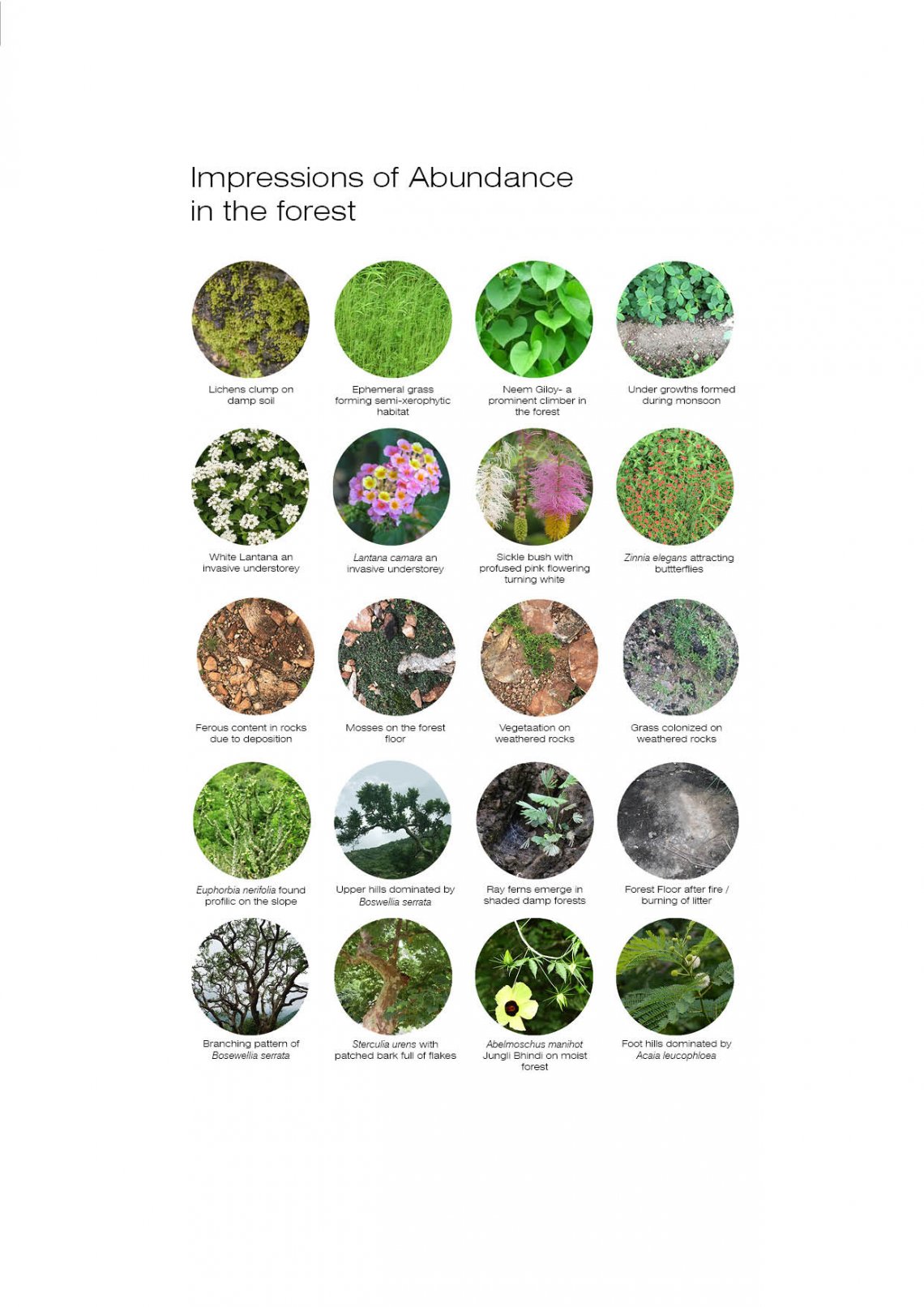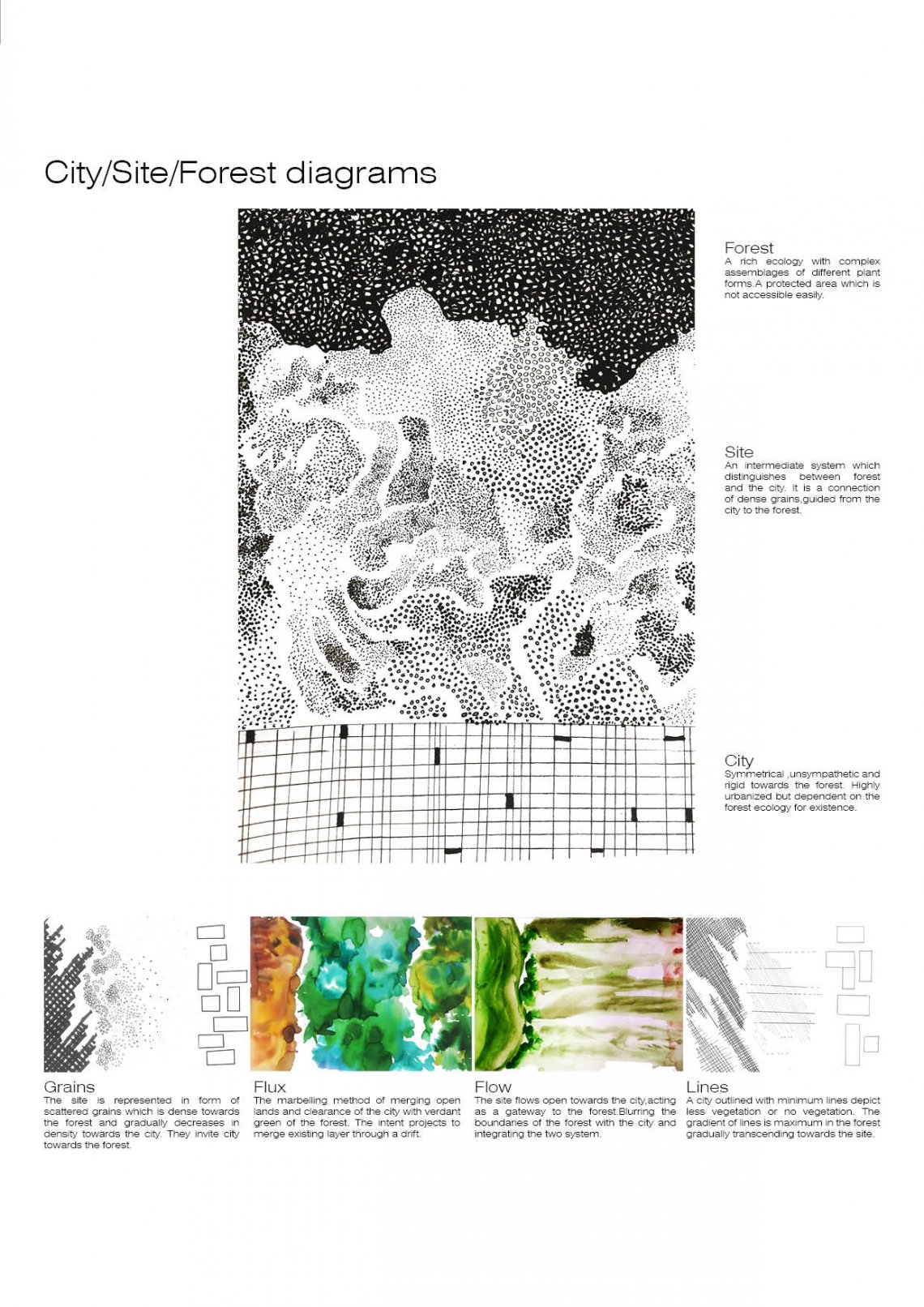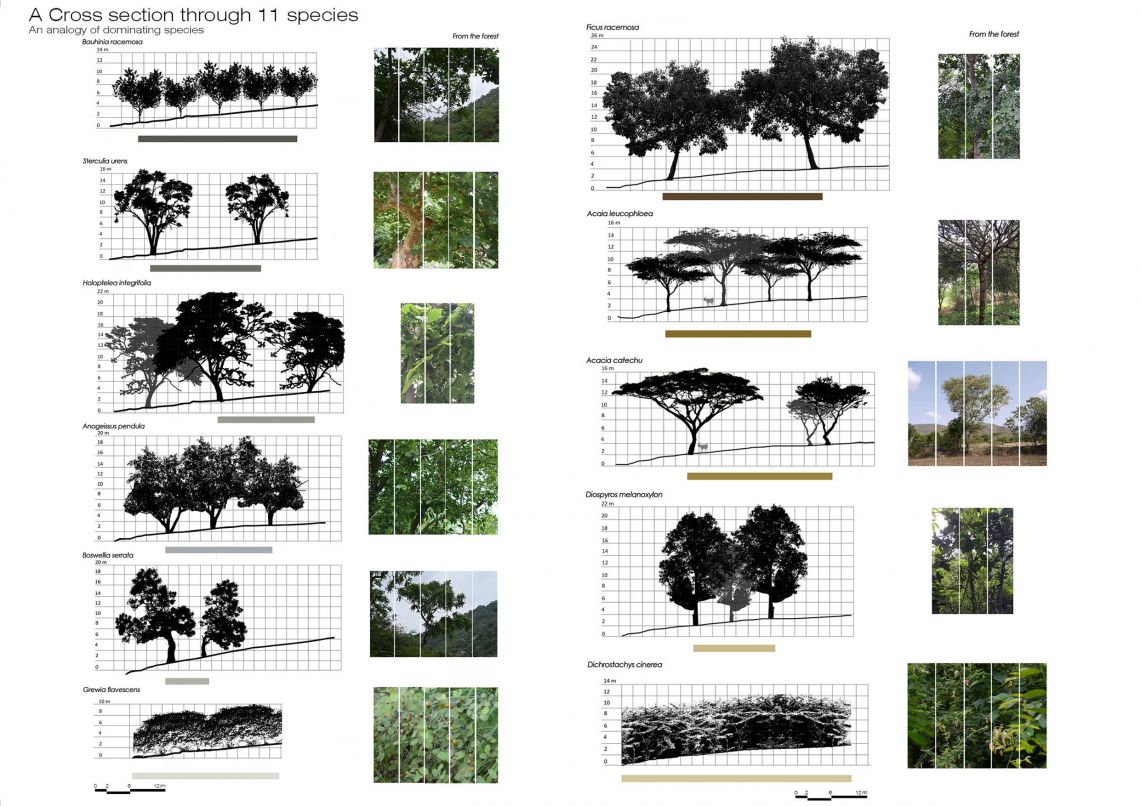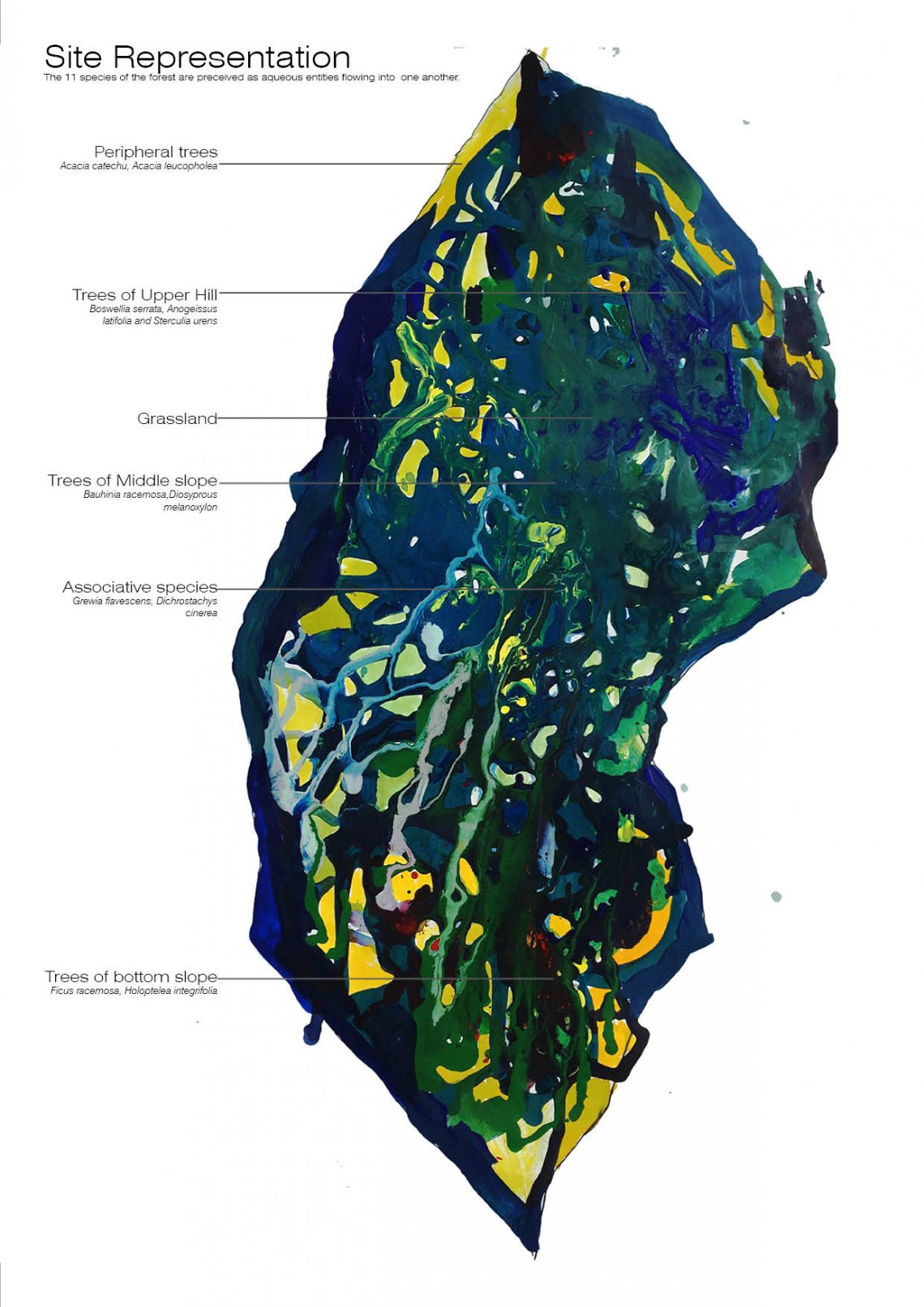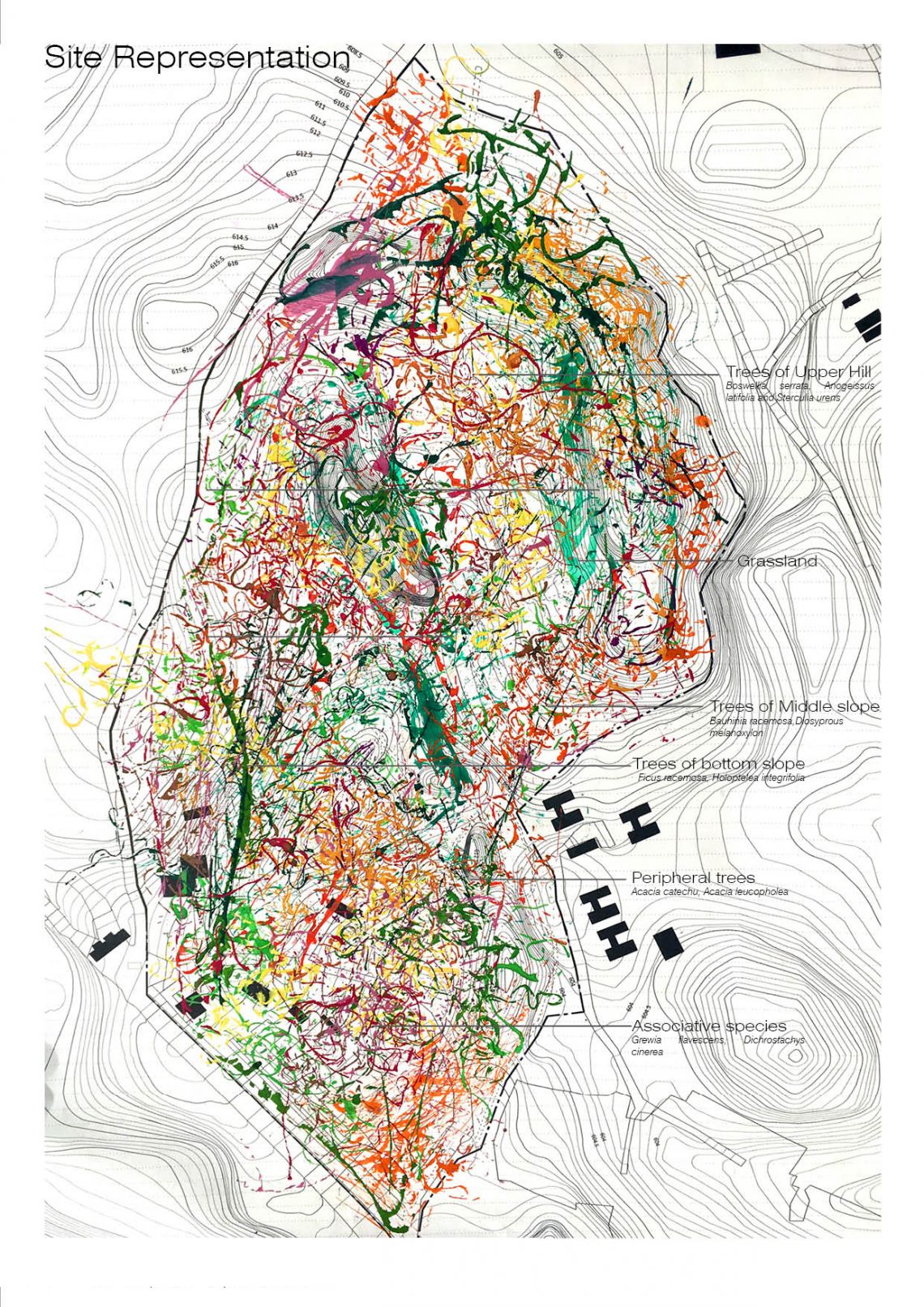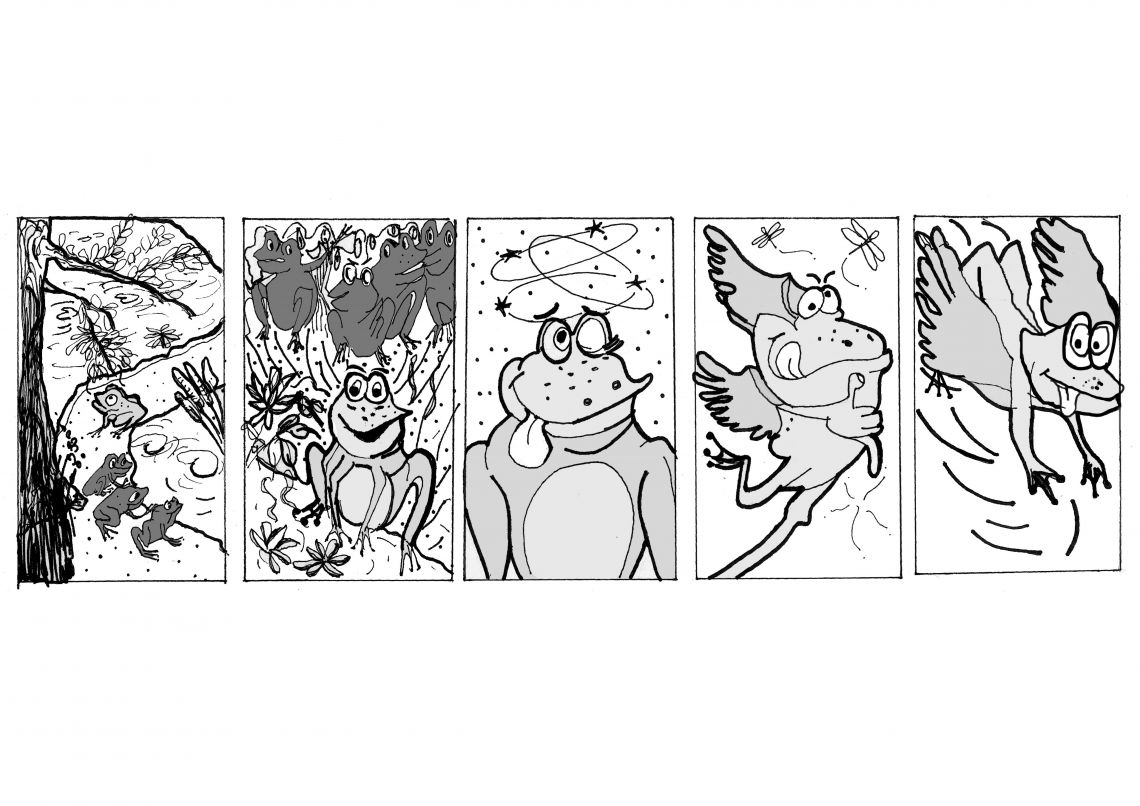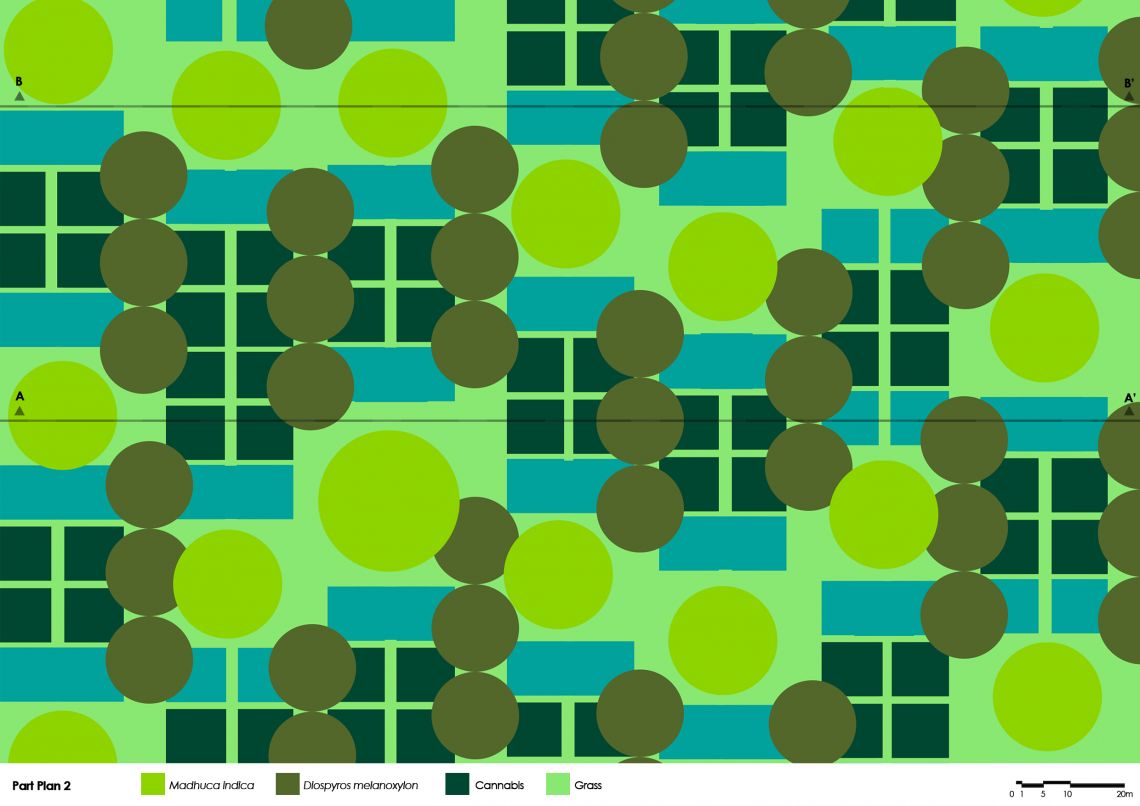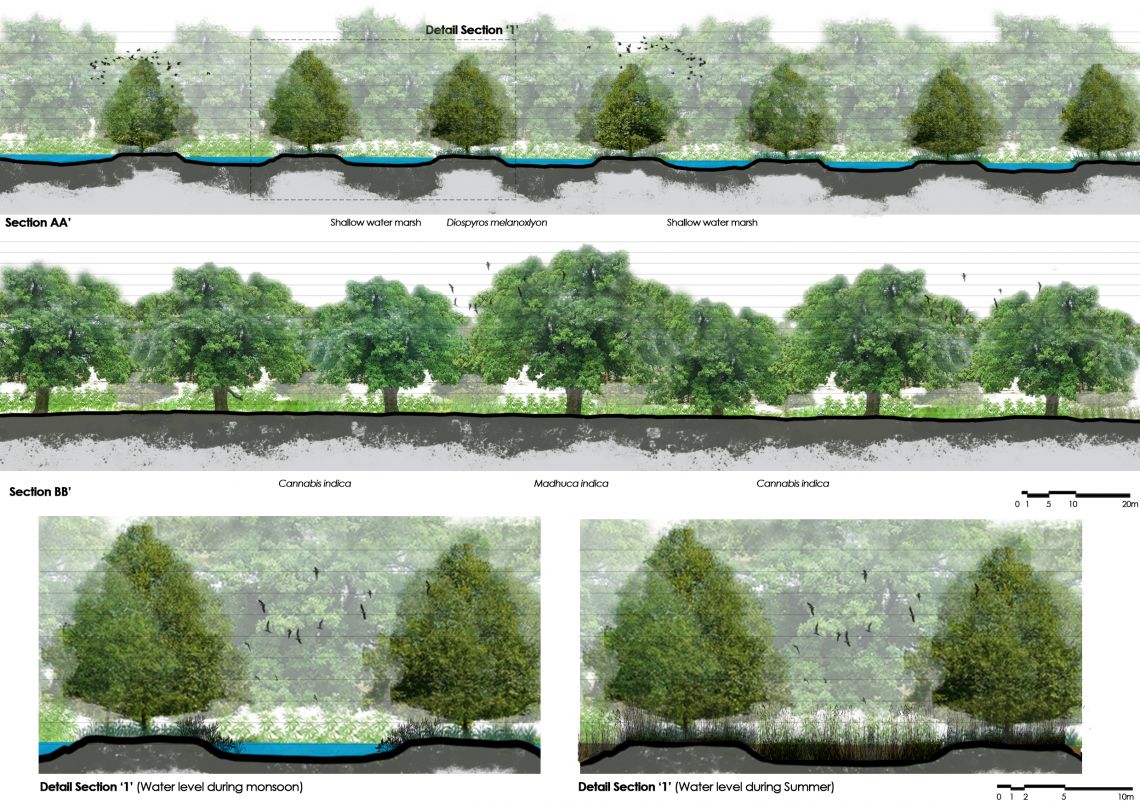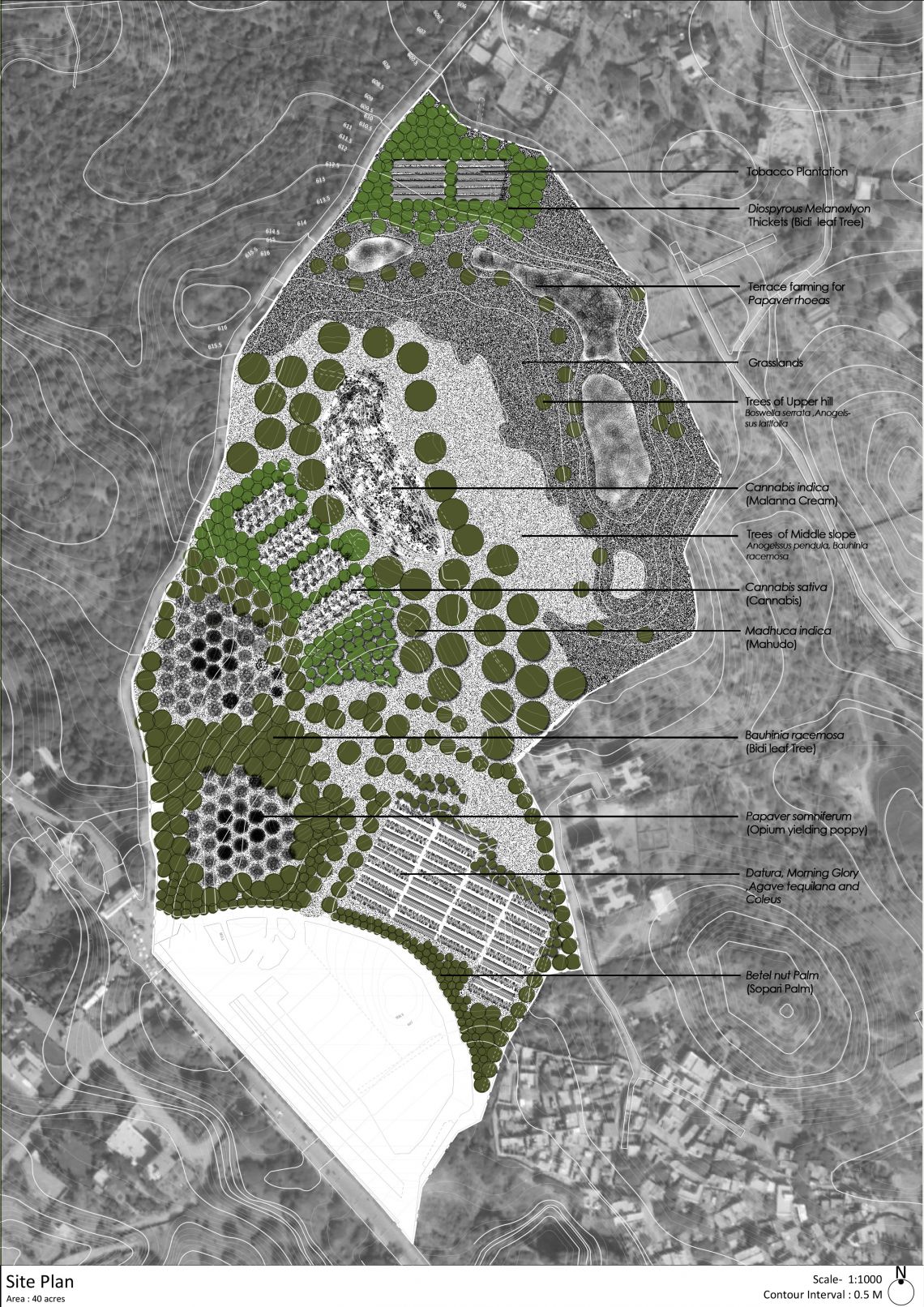Your browser is out-of-date!
For a richer surfing experience on our website, please update your browser. Update my browser now!
For a richer surfing experience on our website, please update your browser. Update my browser now!
Visual fields are engaging in all senses in a forest. As a forest sways changes, still it embodies ‘Abundant resources’ in form of a mosaic of quartzite and granites, vegetated area of thickets and grasses, successive trees, persistent smell of dampness, a kaleidoscope of butterflies, chirping of birds, smell of trampled grass, mist in the air and so on. These experiences of abundance form a fabric within the forest that integrate it. The connection a forest as an abundant resource implicates is ‘Prudence’ and ‘Profligacy’ of resources. These dimly perceived implications of profligacy within a forest through an ecological interpretation of prudence can change the human interaction with it. Further prudence has a coherence of bands (Ecological-niche relationships) with a strong bond to their unified territories; by identifying such bands of prudence, the qualities that are already present on site can be harnessed. This intent is projected through 11 dominating trees; these species impart a sense of prudence in the forest but are expoilted its commercial use. The by-products of these exploited species are supporting characters of the forest landscape. The discerned hallucination creates more frivolous, playful and almost whimsical experience, thus forming metaphors in a prudent setting to experience forest at its climax.
